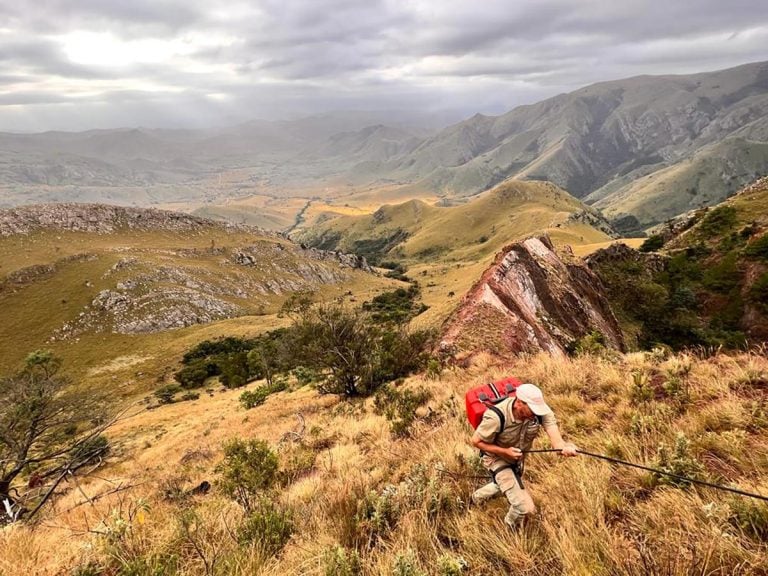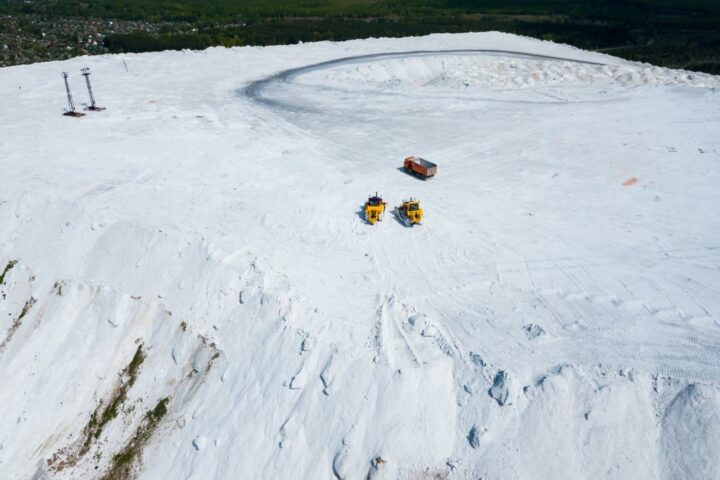A groundbreaking study has shed light on the ancient use of ochre, a prized mineral pigment, in southern Africa. The research, conducted by an international team of scientists, has confirmed the “Lion Cavern” in Eswatini as the world’s oldest known ochre mine, dating back approximately 48,000 years.
Ochre’s Ancient Roots
Ochre, a reddish-brown earth mineral, has been an integral part of human expression for thousands of years. From prehistoric hunting scenes in Lascaux Cave in France to Indigenous body painting traditions and medieval artworks, ochre has played a significant role in human culture.
The Study
The research team, led by Dr. Gregor D. Bader, analyzed 173 samples from 15 Stone Age sites, reconstructing methods of ochre extraction, usage, and transportation. The study revealed that knowledge of ochre processing was passed down through generations, supported by social exchange and technological learning.
The Lion Cavern
The “Lion Cavern” in Eswatini, a site previously unknown to archaeologists, has been confirmed as the world’s oldest known ochre mine. The mine, which dates back approximately 48,000 years, provides valuable insights into the ancient use of ochre and its significance in human culture.
Insights into Ochre’s Social and Technological Networks
The study revealed that there existed both local strategies for procuring ochre and long-distance transportation of the mineral via a network of different mineral deposits. The research also suggested that communities of practice did not develop in isolation but were part of a broader system of relationships influenced and mediated by social interactions.
Ochre’s Role in Contemporary and Ancient Societies
Ochre continues to play a significant role in contemporary societies, particularly in Eswatini, where it is used in traditional ceremonies and rituals. The study highlights the importance of preserving cultural heritage and traditional knowledge, particularly in the face of rapid modernization and globalization.
Groundbreaking Findings on Ochre Mining History
The study’s findings have significant implications for our understanding of human history and the use of ochre in ancient societies. The confirmation of the “Lion Cavern” as the world’s oldest known ochre mine provides a unique window into the lives of our ancient ancestors and their use of this prized mineral pigment.

















